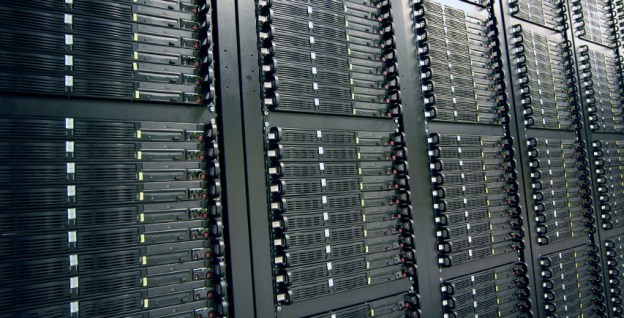
The federal government released information on a plan to close over 350 data centers around the United States by the end of 2012 and another 400 by the end of 2015. This is an effort to bring the remaining data centers up to capacity. Chief Information Officer Vivek Kundra stated that more than 2,000 data centers around the nation have been running at about 40 percent storage capacity and 27 percent computing capacity. Compared to a regular office building, the average data center consumes 200 times the amount of electricity.

Thirty states will be effected by the closures, however there are few jobs associated with managing the server farms. The Department of Defense is most effected by the closures with 113 data centers shutting down. All the data from the closed facilities will be moved to the remaining 1,200 facilities around the nation. Many of the locations have been undisclosed to protect the security of the data.
While the remaining data centers will house the relocated data, there has been no announcement around energy efficiency improvements to those facilities. Google recently showed off a new data center in Finland constructed inside an old paper mill. The building uses 20-year-old pumps to send water from the Baltic Sea into the facility to cool the systems. The data center will also use wind power to help run the facility.


